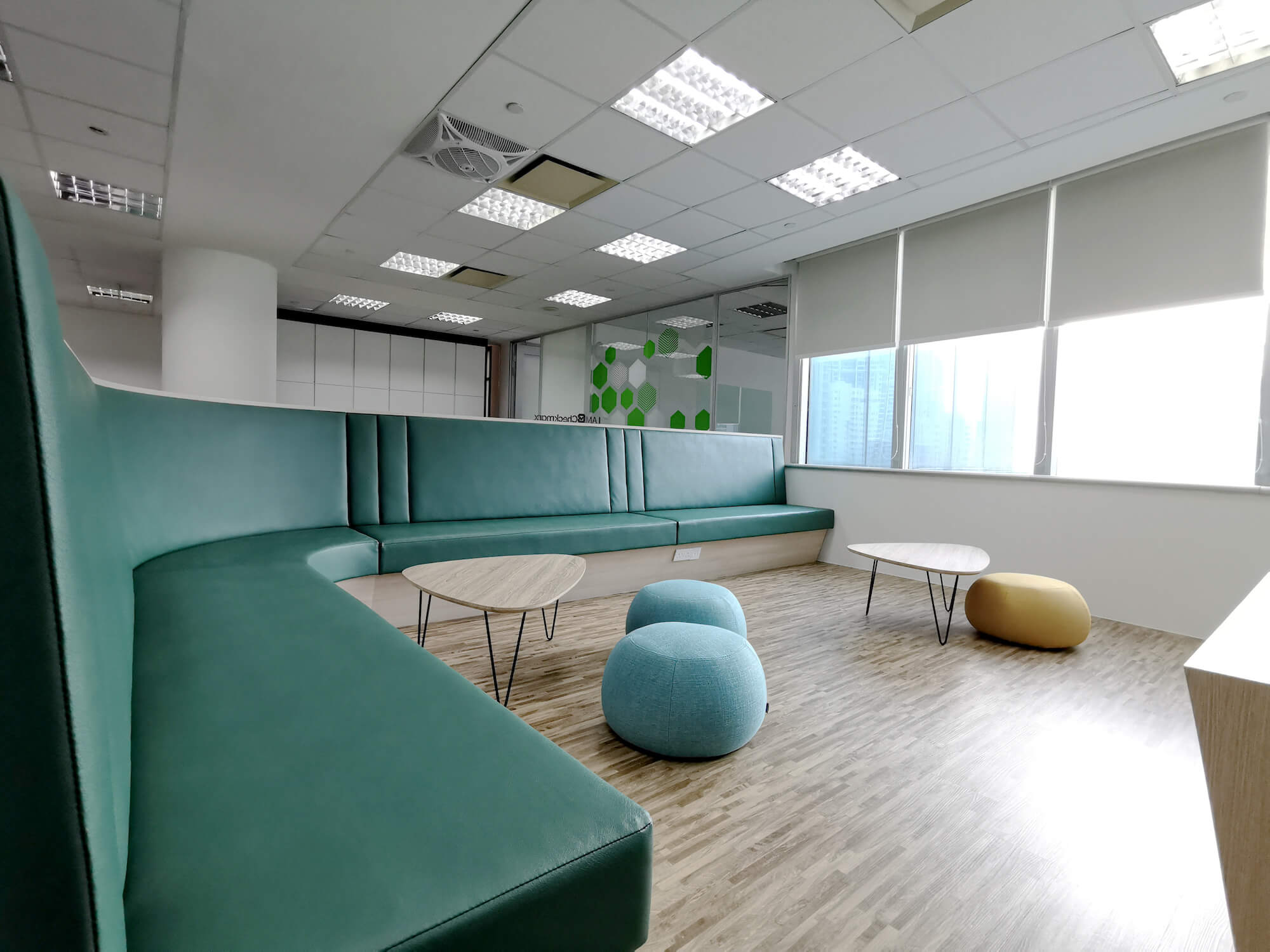Difference Between An Agile Office And Flexible Office

People have different working styles: Some like to work independently, while others prefer to work in a more collaborative fashion. Both have their pros and cons, but what’s important is that the office space they’re working out of has all the infrastructure and design that can accommodate the different styles. The agile and flexible offices are two concepts that cater to various working principles. So what are the differences between the two? Let’s dig in some more.
What Is An Agile Office?
When we’re talking about the concept of agile working, it refers to a style where work is flexible and dynamic, focusing on enhancing efficiency and performance based on the individual’s preferences. It caters to the modern workforce of flexible hours and uses design to emphasis on the health and comfort of employees. In other words, it’s the opposite of a traditional style of working where people are distinguished by their boundaries and their preferred ways of working.
Now, what’s an agile office look like then? To accommodate this particular working style, an agile office interior design has multi-purpose shared areas such as collaborative space, informal meeting areas, breakout areas and is equipped with low-level furniture and an open-plan layout. In addition, Standing desks and hot desks make a good part of the office furniture system, where seats and desks are not confined to a specific person but rather are available for everyone to use.
In this environment, workers have the freedom to choose which areas in the office suits them best. The freedom to work anywhere in the office allows workers to be comfortable and most productive – almost like a co-working space. As a result, the approach can increase efficiency, which will ultimately contribute to the greater success of the business.
An agile office design, in essence, should encourage collaborative mood, remove traditional barriers between workers, and foster a creative environment.
So, how can you implement an office interior design that can boost creativity? Find out the answer in our latest article about office interior design that can spark creativity.
What Is A Flexible Office?
In this time and age, people are increasingly seeking a work-life balance. Not to get confused with the agile working principle on flexibility, a flexible working style has to do more about flexible working hours so that employees can achieve the ultimate work-life balance.
Flexible working also has to do with how your working principle can serve workers with different needs and access. For example, an employee who has kids and so he or she needs to work remotely.
Looking at the explanation above, a flexible office is, therefore, a workspace that can accommodate all the needs of the employees.
A flexible office has everything from traditional office desks, hot desks, meeting rooms, and collaborative space. Moreover, technology should be applied to be more accessible for different employees and their different specific tasks. For example, a meeting room that can facilitate communications with those who need to work remotely.
So as you can see, the two concepts are very well alike but have one key difference. Both require different spaces to accommodate the various preferences of employees, but an agile office goes beyond by focusing on removing boundaries that exist in traditional working culture.
So which type of office interior design are you leaning more towards? Whichever your decision is, our team is capable of helping you create your best office space.
Office renovation can be costly and not to mention the high price of office reinstatement. Learn how to avoid a costly reinstatement
Don’t forget to reach out to us for more information about office space planning and office renovation.
